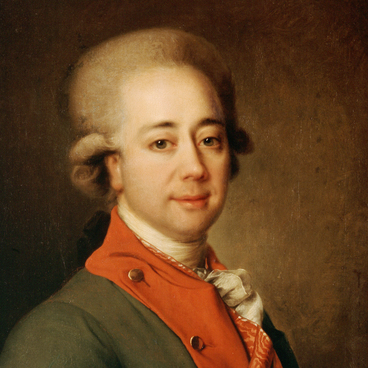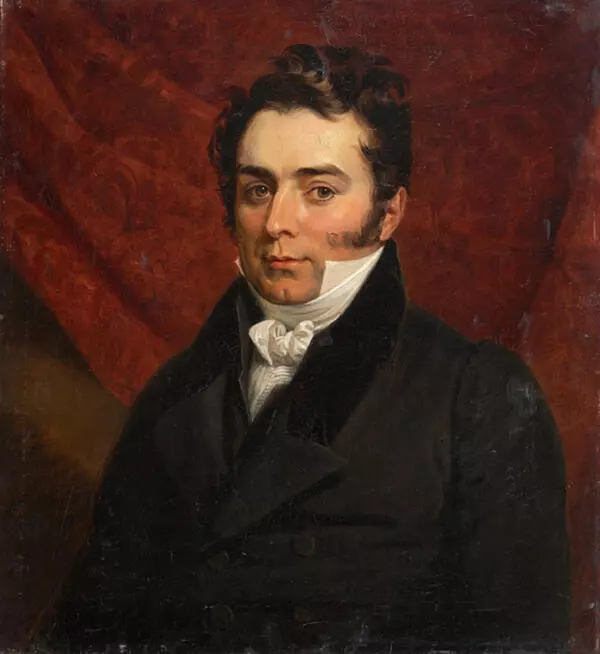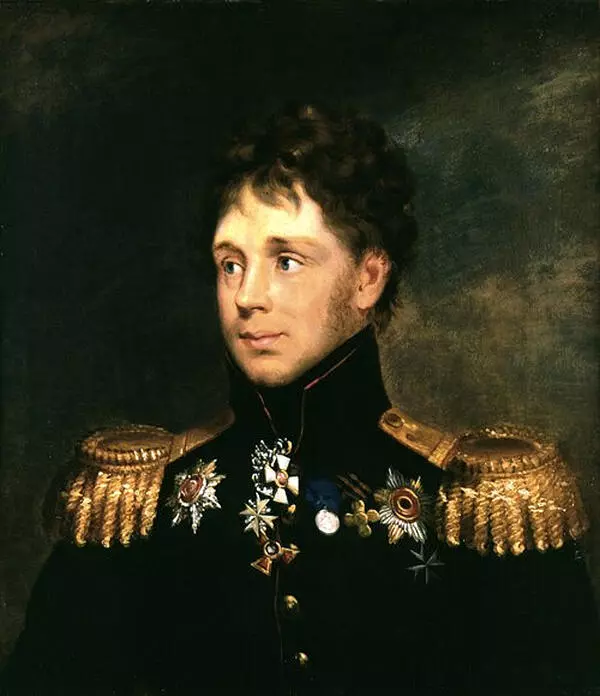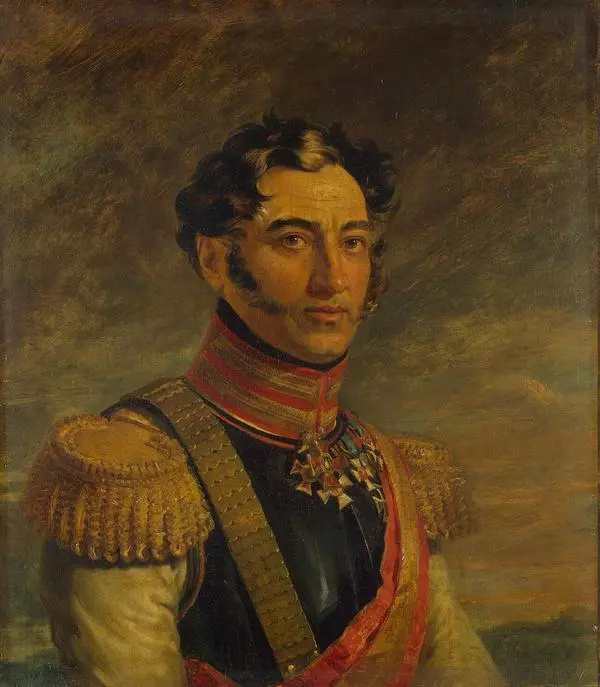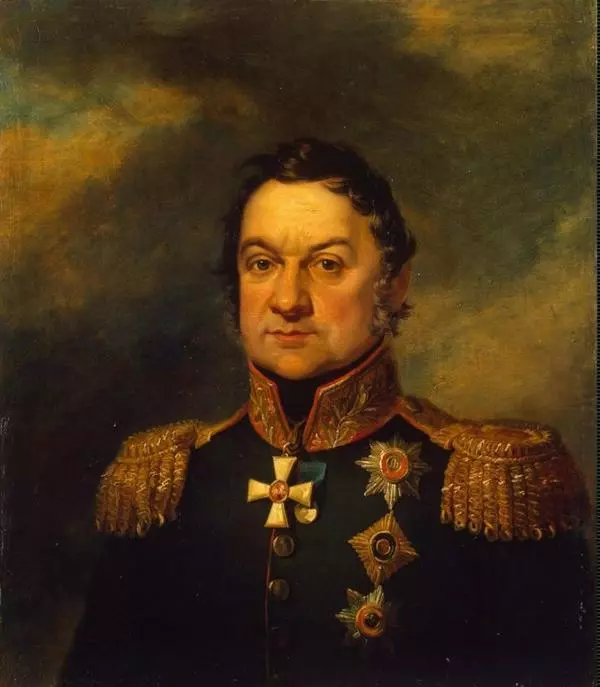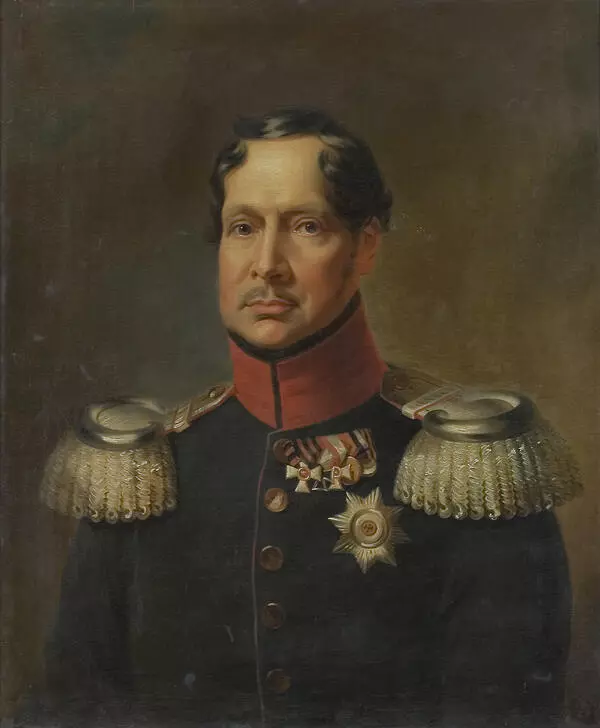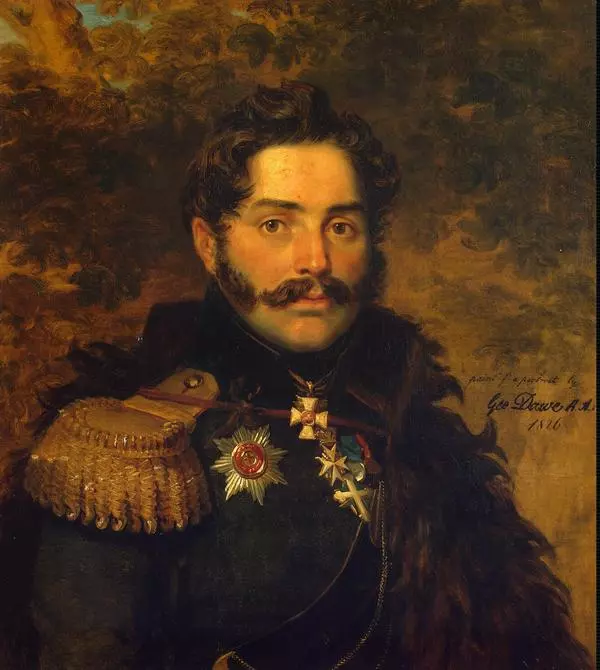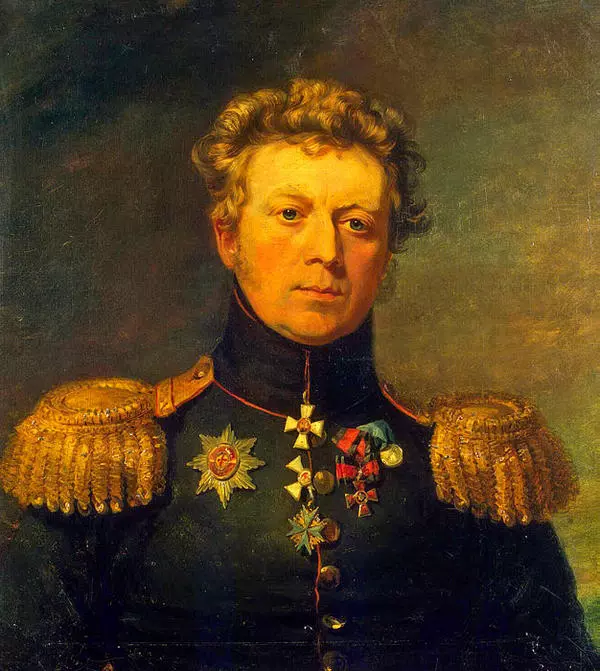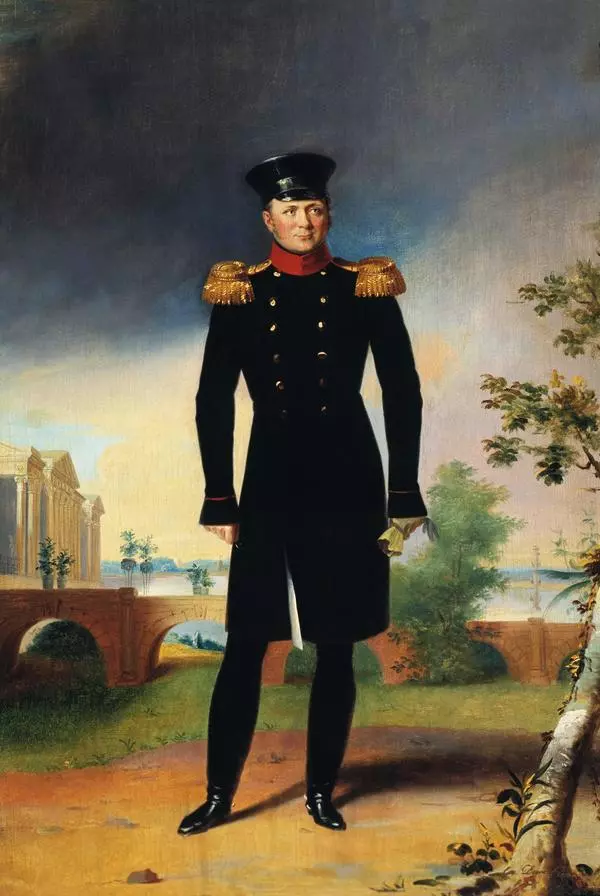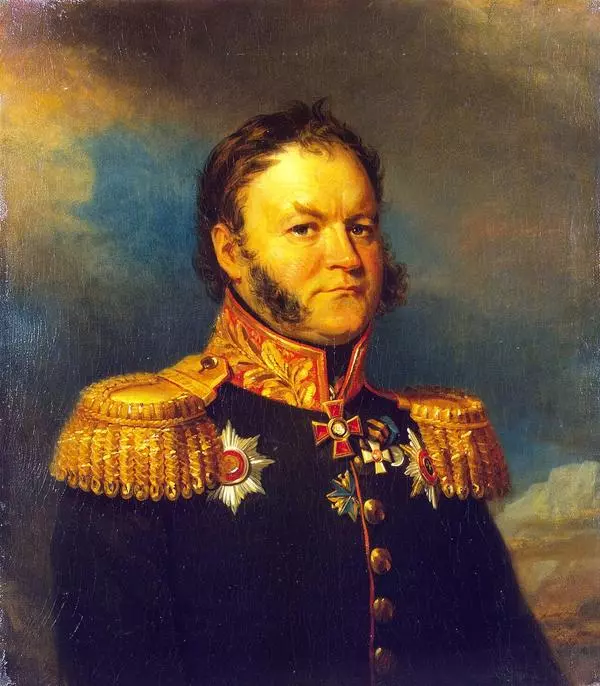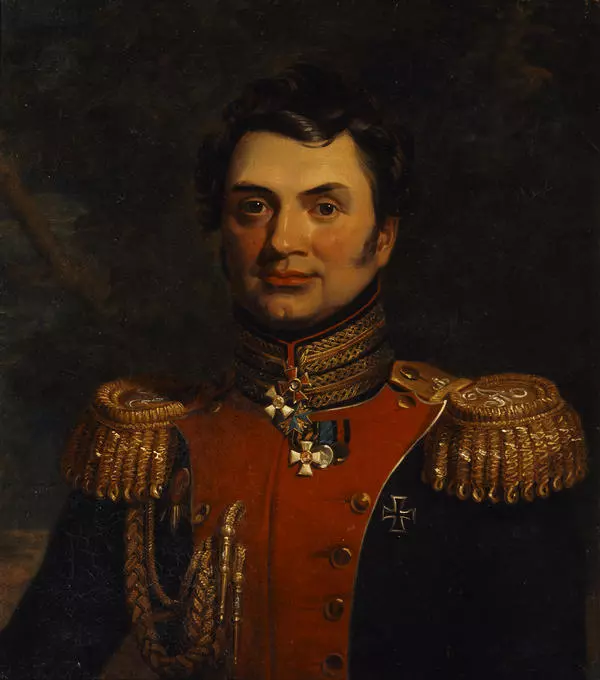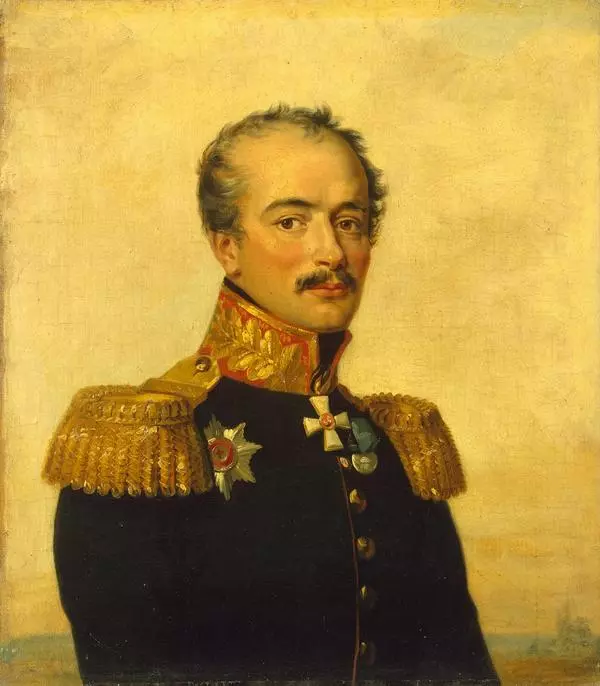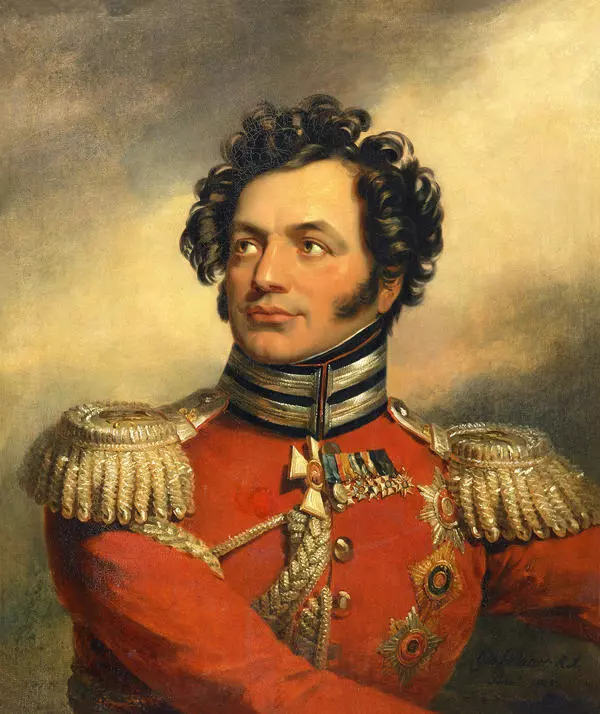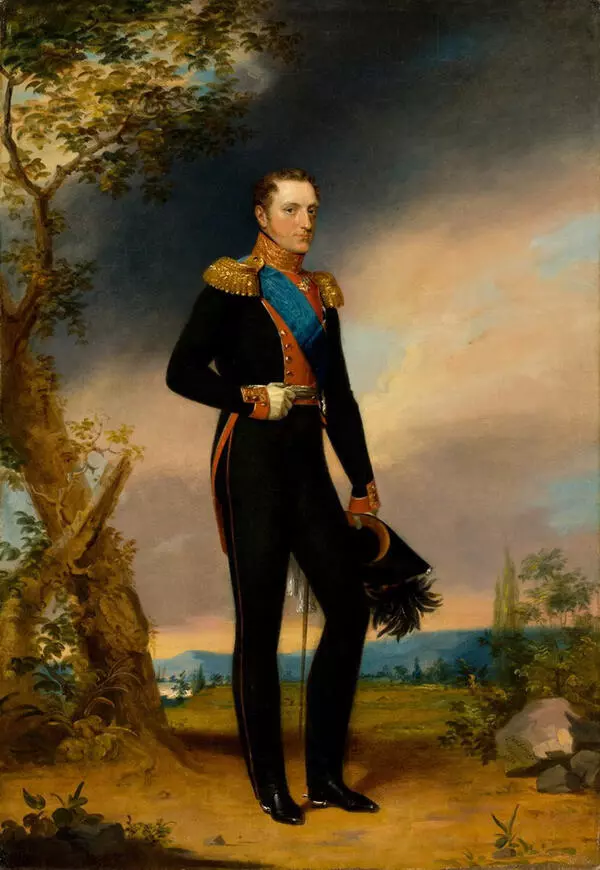George Dawe is a British painter and engraver. He was known in Europe as a cult portraitist, a master of reproduction engraving, the author of historic, mythological, and genre pictures.
George Dawe was trained as an engraver by his father, but later took an interest in painting and went on to study at the Royal Academy of Arts. In 1809, Dawe became an associate member of the Academy, and in 1814 a full member.
The artist enjoyed the patronage of the Duke and Duchess of Kent. In 1819, he started on a journey to Europe and was noticed by Alexander I. The Russian emperor commissioned Dawe to paint portraits of Russian generals who had fought Napoleon. With the assistance of two other Russian artists, Wilhelm August Golicke and Alexander Polyakov, Dawe painted 329 portraits of generals in 1819-1829. They included participants in the Patriotic War of 1812 and the foreign campaigns of 1813-1814, full-length portraits of Mikhail Kutuzov and Michael Barclay de Tolly, and four portraits of veteran soldiers, which made the Military Gallery of the Winter Palace.
In the autumn of 1820, an exhibition of George Dawe’s works was arranged, following which the artist was elected an honorary member of the St. Petersburg Academy of Arts. The exhibition won him tremendous acclaim. In 1826, Emperor Nicholas I invited Dawe to his coronation, and in 1828 Dawe was officially appointed as the First Portrait Painter of the Imperial Court. Many members of the royal family, courtiers, ministers, nobility, guards officers commissioned Dawe to paint their portraits.
In St. Petersburg, Dawe spent long hours at his easel in his palace studio or in private clients’ homes. Contemporaries talking about his work noted his ability to accurately convey the model’s appearance and the excellent command of the brush. Pavel Svinyin, a Russian writer, publisher and editor, wrote about Dawe in the Otechestvenniye Zapiski magazine in 1820:
George Dawe was trained as an engraver by his father, but later took an interest in painting and went on to study at the Royal Academy of Arts. In 1809, Dawe became an associate member of the Academy, and in 1814 a full member.
The artist enjoyed the patronage of the Duke and Duchess of Kent. In 1819, he started on a journey to Europe and was noticed by Alexander I. The Russian emperor commissioned Dawe to paint portraits of Russian generals who had fought Napoleon. With the assistance of two other Russian artists, Wilhelm August Golicke and Alexander Polyakov, Dawe painted 329 portraits of generals in 1819-1829. They included participants in the Patriotic War of 1812 and the foreign campaigns of 1813-1814, full-length portraits of Mikhail Kutuzov and Michael Barclay de Tolly, and four portraits of veteran soldiers, which made the Military Gallery of the Winter Palace.
In the autumn of 1820, an exhibition of George Dawe’s works was arranged, following which the artist was elected an honorary member of the St. Petersburg Academy of Arts. The exhibition won him tremendous acclaim. In 1826, Emperor Nicholas I invited Dawe to his coronation, and in 1828 Dawe was officially appointed as the First Portrait Painter of the Imperial Court. Many members of the royal family, courtiers, ministers, nobility, guards officers commissioned Dawe to paint their portraits.
In St. Petersburg, Dawe spent long hours at his easel in his palace studio or in private clients’ homes. Contemporaries talking about his work noted his ability to accurately convey the model’s appearance and the excellent command of the brush. Pavel Svinyin, a Russian writer, publisher and editor, wrote about Dawe in the Otechestvenniye Zapiski magazine in 1820:



